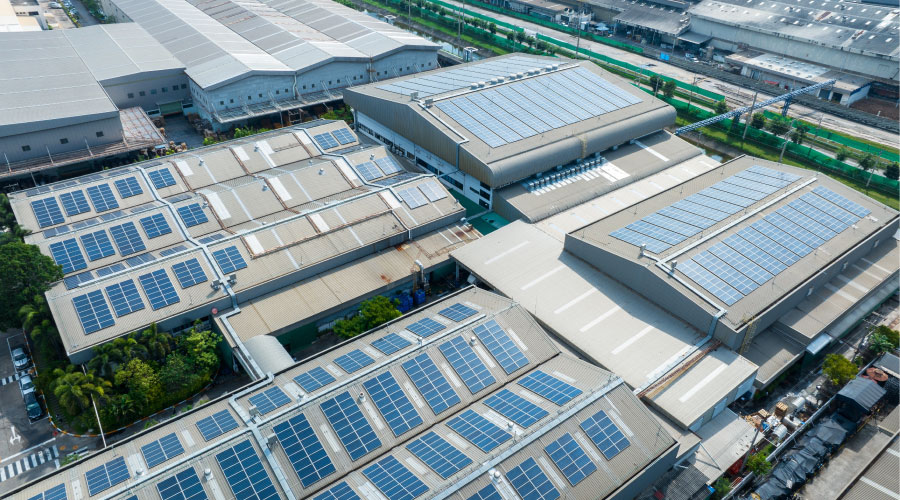Controls That Maximize Exterior Lighting
What if a manager has a new project or is aiming to take an existing project beyond just meeting the code? What if a manager is working to qualify for rebates from a local utility company or just wants to reduce the energy bills? Whatever the driving factor might be, managers have numerous means and methods to reduce energy burdens.
Exterior lighting controls are one of the most effective, yet underutilized, technologies that can increase energy efficiency for institutional and commercial facilities. Many manufacturers offer a variety of remote- and integral-control systems for exterior lighting that vary in initial cost and complexity. The range has expanded recently as light-source technology has advanced. Older MH and HPS lamps use technologies that do not lend themselves to continuous or step dimming. Induction and newer MH technologies do, and LEDs offer an even wider range of control options.
Manufacturers of most exterior lighting-control systems advertise 30-40 percent energy savings for their products. Some products are intended for new construction, while others are intended for retrofit systems. They offer a variety of options managers can tailor to each individual project, budget and need.
One manufacturer's lighting systems use wireless telemanagement technology to individually address fixtures. Each fixture can be collected wirelessly into a system that provides monitoring, dimming and switching control, and metering and management. Products from two other manufacturers also use real-time wireless technology, allowing for centralized or remote control of exterior lighting.
Still another manufacturer uses a smart system that gives users the ability to control and revise scheduling of circuits or zones separately from across the street or even across the country from the project's location. The controls also can integrate exterior and interior lighting systems with a building's heating and cooling systems. The technology uses a diagnostic photocontrol that collects operational data from each light fixture and transmits it wirelessly. Each system aims at improving the reliability of exterior-lighting systems and reducing maintenance costs. It also offers training and commissioning services to ensure each system functions as efficiently as possible.
One of the more modest strategies managers can use to improve the energy efficiency of new and existing exterior-lighting systems is to connect the system to an exterior occupancy sensor — either a single sensor for the entire circuit or individual sensors hosted within each fixture. Then accompany the sensors with fixtures and lamps designed so when a sensor detects no occupants, the light either will switch — for sources that offer instant-on capability — or dim — for dimmable sources — to reduce output.
When the sensor detects occupants, the lighting can return to full output. When a space is unoccupied, the reduced lighting levels still provide some illumination for a sense of security, but they also allow for considerable energy savings and help increase lamp life.
Facilities generally do not use exterior control systems due to a lack of familiarity with available systems, misconceptions about complexity, and higher upfront costs. Managers need to analyze the needs for each project.
Striking the right balance between energy savings, enhanced maintenance with two-way communication, upfront costs, technician training, and ongoing costs and savings is essential for implementing a successful system.
Due to a great deal of variety in project size and complexity, lighting functions, code restrictions and geographical locations, specifying a particular system and the energy savings it can generate will vary. Working with an independent professional lighting designer can assure that managers identify and implement a system that will work best for a facility's specific exterior lighting needs.
Diane Borys is a lighting designer for Candela, a lighting design and consulting firm with offices in San Diego and Seattle.
Related Topics:













